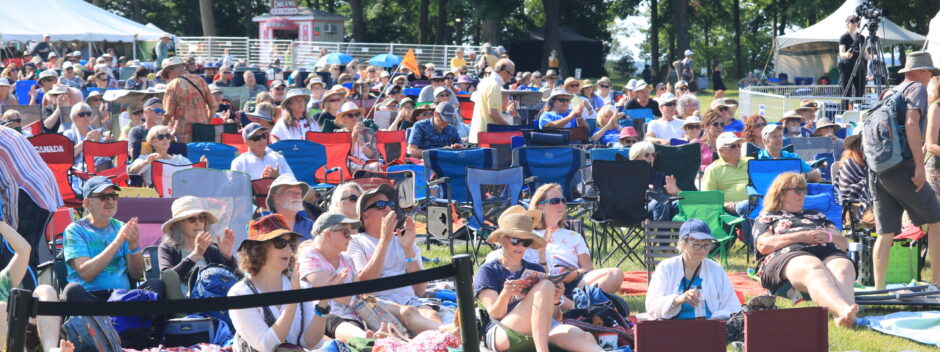For fans of country rock, and I am definitely one, Bustin’ Out, the second album released by Pure Prairie League, is a classic. The odd thing about it is that it was released in 1972 but didn’t get much notice for about three years until country rock and southern rock started to become a thing in the middle of the decade.
The best known song on the LP these days is “Amie,” though originally no one cared, even after it was released as a single in 1973. At some point, however, college radio stations got onto it, major radio station air play followed, and it became something of a classic, always welcome around the campfire.
There is so much to choose from on Bustin’ Out including “Boulder Skies” and “Call Me, Tell Me” with their gorgeous string arrangements, but for some reason “Early Morning Riser” has always been my favourite cut.
For this album, Pure Prairie League was Craig Fuller (bass guitar, electric guitar, vocals), George Ed Powell (electric guitar, vocals) and William Frank Hinds (drums). Also a cast of thousands helped out in the studio, including the aforementioned strings and arranger. Over the 10 album history of the group, and a successful history at that, it’s very difficult to keep track of all the personnel changes, though the quality remained.
Here’s a fun little bit: the band is named after a women’s temperance group in the 1939 Errol Flynn movie Dodge City.
No disrespect to the Eagles, but they weren’t the only ones doing this kind of music, and doing it well in the 1970s and 1980s.











